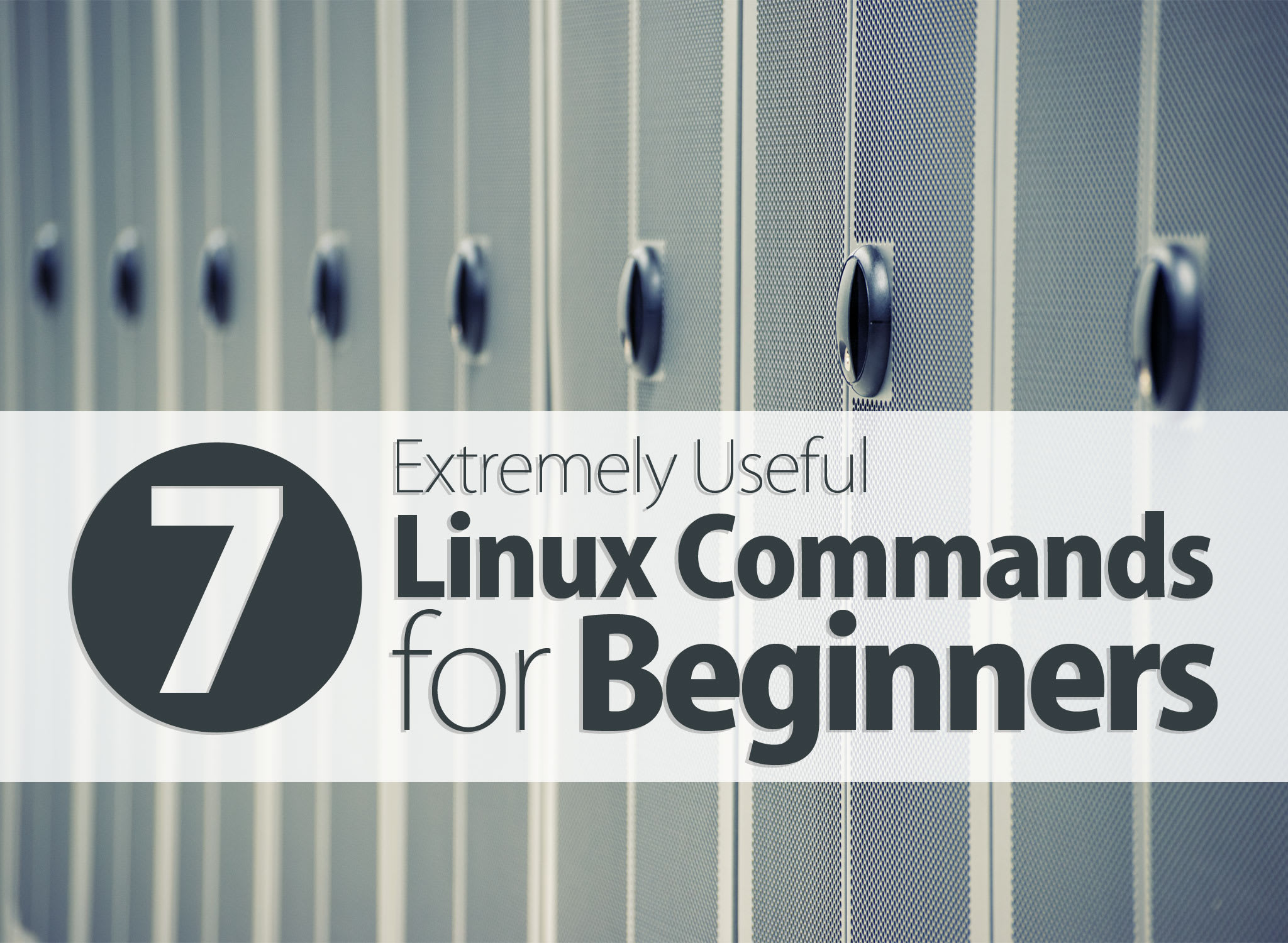Tag: CLI
How to Disable MySQL Strict Mode
MySQL’s, and MariaDB’s, strict mode controls how invalid or missing values in data changing queries are handled; this includes INSERT, UPDATE, and CREATE TABLE statements. With MySQL strict mode enabled, which is the default state, invalid or missing data may cause warnings or errors when attempting to process the query.
How to Check the Version of cPanel / WHM
Pre-Flight Check
- These instructions are intended specifically for checking your version of cPanel or WHM via the command line or the WHM dashboard.
- I’ll be working from a Liquid Web Managed CentOS 7 server, and I’ll be logged in as root.
Method #1: Checking the Version of cPanel / WHM by the ‘cpanel’ Command
Using the cPanel command:
How to Remove (Delete) a User on Ubuntu 15.04
II. How to Remove (Delete) a User on Ubuntu 15.04
Pre-Flight Check
- These instructions are intended specifically for removing a user on Ubuntu 15.04.
- I’ll be working from a Liquid Web Self Managed Ubuntu 15.04 server, and I’ll be logged in as root.
Pre-Flight Check
- These instructions are intended specifically for adding a user on Fedora 22.
- I’ll be working from a Liquid Web Self Managed Fedora 22 server, and I’ll be logged in as root.
Pre-Flight Check
- These instructions are intended for viewing the selected MySQL database via the command line.
- I’ll be working from a Liquid Web Core Managed CentOS 7 server, and I’ll be logged in as root.

ls : What's in This Directory?
The command ls stands for list directory contents. And, cleverly, it will do just that: list a directory's contents! Using it with -F will give a list of the directories contents, and denote items that are other directories with a trailing /.
How to Check the MySQL Version
In this quick tutorial, we'll learn how to check the MySQL version of a server. Without a doubt, MySQL is one of the most popular RDBMS (Relational database management system) options available, so you'll find it pretty much everywhere. There can be some pretty staggering differences between MySQL versions, so knowing which version you're working with is important. Learn here how to check the version of MySQL your server is using!
II. How to Remove (Delete) a User on Ubuntu 14.04 LTS
Pre-Flight Check
- These instructions are intended specifically for removing a user on Ubuntu 14.04 LTS.
- I’ll be working from a Liquid Web Core Managed Ubuntu 14.04 LTS server, and I’ll be logged in as root.
II. How to Remove (Delete) a User on Ubuntu 12.04 LTS
- These instructions are intended specifically for removing a user on Ubuntu 12.04 LTS.
- I’ll be working from a Liquid Web Core Managed Ubuntu 12.04 LTS server, and I’ll be logged in as root.
Our Sales and Support teams are available 24 hours by phone or e-mail to assist.

